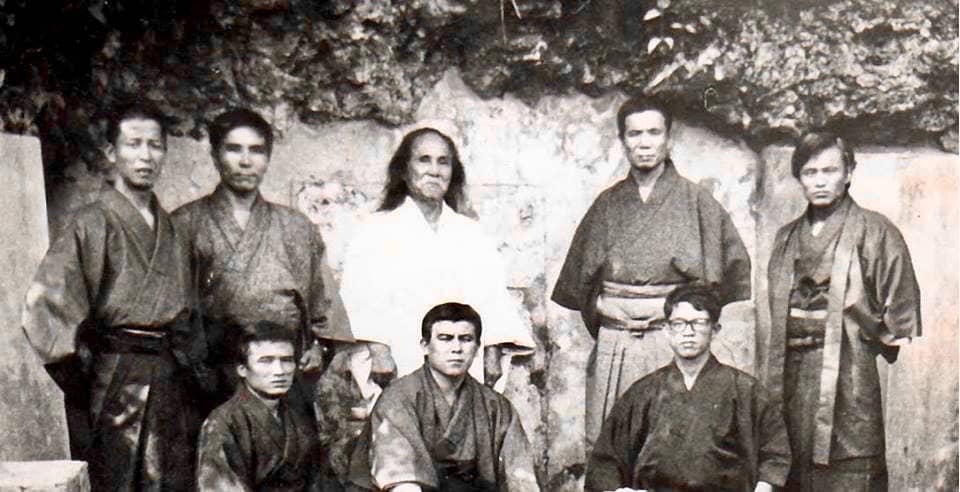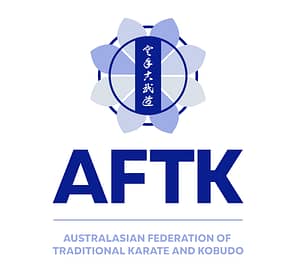The origins of karate-do date back to the ancient travels of Buddhist monks throughout the Asian Frontier. Unarmed and oppressed, it became necessary for them to develop a form of self-defence for their survival. Merchants travelling south from China to the Ryukku Islands (Okinawa) brought with them this art of the “Chinese Hand” to To-De (later to be called Karate – empty hand).
During this time, Japan invaded these islands and its warriors found themselves confronted by the fierce retaliation of skilled practitioners of this secret art. In the late 19th Century an enthusiastic Okinawan youngster by the name of Chojun Miyagi, became well skilled in the art and was determined to know more. He was advised to travel to China to study the many different methods of martial arts. His search led him to the hard school of Shaolin Chuan, the soft school of Pakua Chan, and from these two he developed his own style of Goju (Hard – Soft). He advocated that both the hard and soft complimented each other and he created the Sanchin and Tensho kata, a formal exercise which combined both these elements.
One of Miyagi’s students was a young man who was agile, fast and had a reputation for being a deceptive fighter, giving no ground to any adversary. He was known as the “Cat”, because of his favourite fighting stance – Neko Ashi Dachi (cat stance). His name was Gogen Yamaguchi. He soon proved to be a man of credibility and initiative and became highly respected in Karate circles in Japan.


